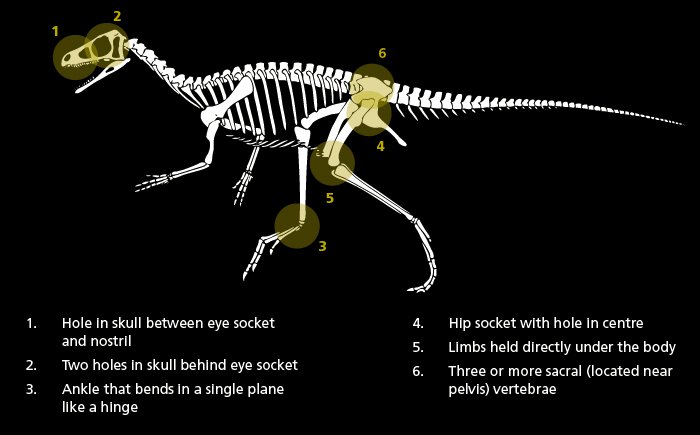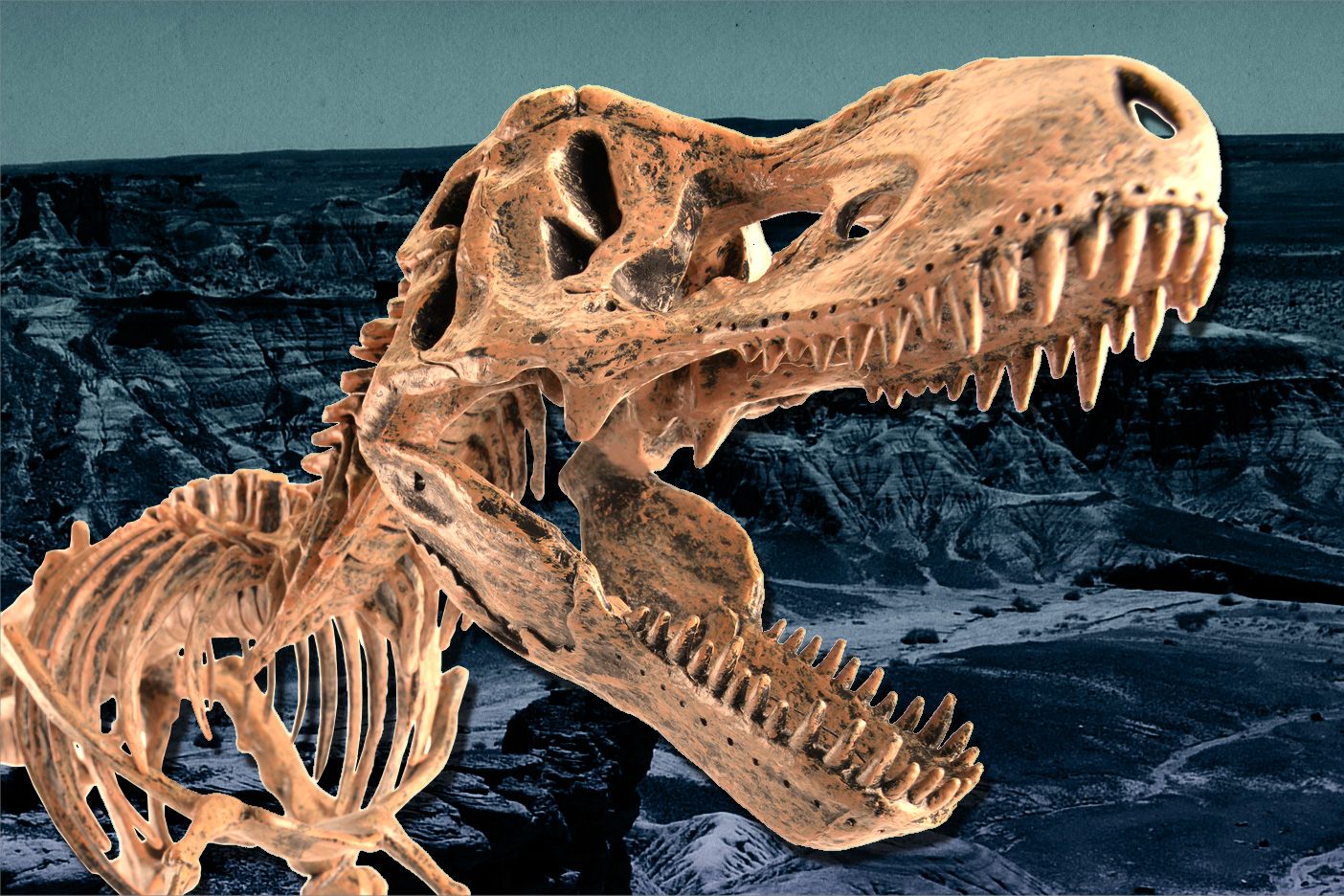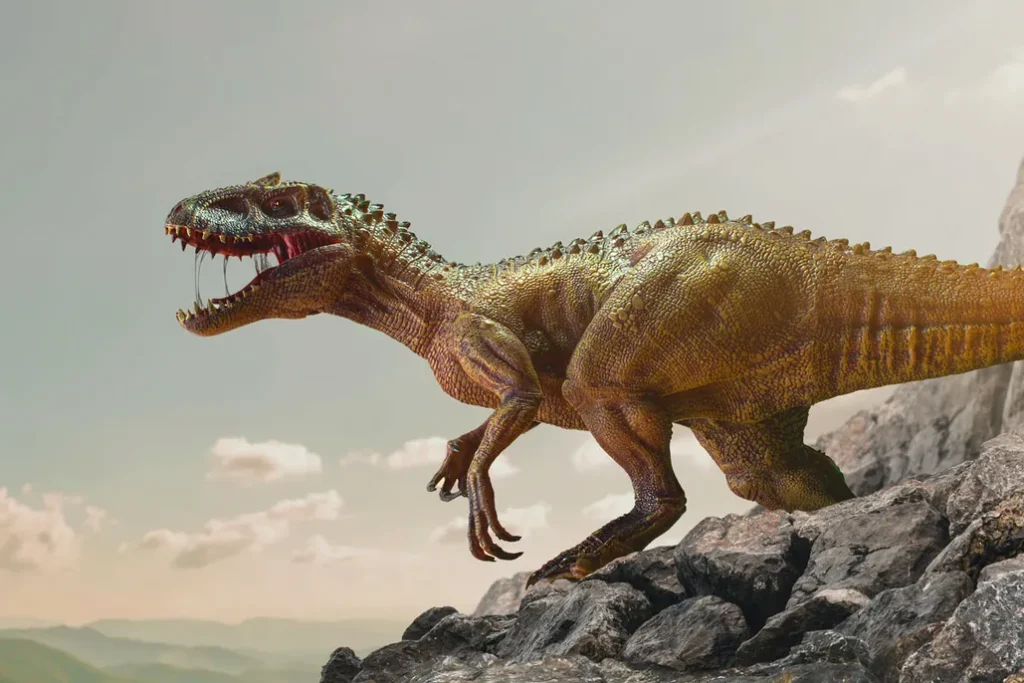
What is dinosaur
You know the word “dinosaur” actually comes from Greek and means “terrible lizard”? Sounds kinda spooky, right? But don’t worry—it doesn’t mean they were all scary or mean. It just means they were big and powerful animals that really stood out. The name was thought up way back in 1842 by a smart British scientist named Sir Richard Owen. He found these huge old bones and was like, “Whoa, this isn’t your average reptile. These creatures were something totally different!”
So, where and when did dinosaurs actually live? Well, they ruled the Earth during this super long period called the Mesozoic Era—starting about 250 million years ago and lasting till around 66 million years ago. Yep, that’s millions of years! It’s honestly wild to think about. They were everywhere—roaming forests, deserts, and even some chilly areas.
And no, not all dinosaurs were towering monsters like T. rex or Brachiosaurus. Sure, some were huge, but others? Super tiny! Like the Microraptor, which was about the size of a chicken—and even had feathers. So yeah, dinosaurs came in all sorts of shapes and sizes. Some walked on two legs, some on four, some had horns, others had wings. They were basically nature’s version of Pokémon.
Now here’s something that’ll surprise you—dinosaurs moved differently than today’s reptiles. While lizards kind of shuffle with their legs out to the sides, dinosaurs had legs straight under their bodies, kind of like how we walk. That clever design helped them move faster, travel farther, and save energy. Honestly, they were built for adventure.
And ready for the coolest part? Birds are actually dinosaurs. No joke! Around 155 million years ago, some small, feathered dinos slowly started evolving into what we now call birds. So yeah, that pigeon you just walked past? Tiny living dino.
Sadly, most dinosaurs vanished around 66 million years ago when a huge asteroid slammed into Earth and changed everything—especially the climate Dinosaurs and their relatives . It was a tough time for life on Earth, and most dinosaurs didn’t make it. But they left behind something amazing: fossils. These ancient bones turned to stone and are like puzzle pieces from the past. Thanks to them, scientists keep learning cool new things about how dinosaurs lived, what they looked like, and how the Earth has changed since then.
So dinosaurs weren’t just movie monsters—they were clever, tough, and full of surprises. And the best part? We’re still learning new stuff about them every single year.
Dinosaurs living together

you’re walking through a wide, open plain, and all around you are huge plant-eating dinosaurs—some with long necks stretching up to the treetops, some with funky horns or spikes, and baby dinos following their moms around like little ducklings. They’re not wandering alone. Nope—they’re living life in a crowd, kind of like animals do today.
Turns out, many plant-eating dinosaurs were social creatures. They moved around in herds, raised their babies together, and even looked out for each other. We know this because scientists have discovered their footprints walking side by side, big group nesting sites, and even fossil “bone beds” where dozens or even hundreds of dinosaurs were buried together.
Why would they hang out in big groups? Well, there’s safety in numbers. Dinosaurs and their relatives When you’re a big, tasty snack for meat-eaters, having a herd around you means it’s harder for a predator to pick you off. Plus, raising your babies in a group can actually be easier—sort of like a prehistoric daycare.
And like today’s animals, living in a group meant you needed to stand out or fit in. Some dinosaurs had impressive horns, frills, or strange crests on their heads—maybe to impress a potential mate or to show who’s the boss. Sounds a lot like modern-day animals with antlers, bright feathers, or loud calls, right?
Now let’s talk about the meat-eaters. We usually picture them as giant, lonely hunters lurking in the shadows. But guess what? That image might be wrong.
New fossil finds are showing that some meat-eating dinosaurs—like Deinonychus or Giganotosaurus—might’ve lived in packs. They could’ve helped each other hunt, raised young together, or just preferred being in a group. Of course, they weren’t all cuddly buddies Dinosaurs and their relatives. Some might’ve fought over food or leadership. Sounds a little like today’s lions or wolves, doesn’t it?
Take lions for example: they live in groups, the females do most of the hunting, and there’s a clear pecking order. Wolves hunt in family packs, while Komodo dragons are mostly loners but get together to feast—and the biggest one eats first! Even crocodiles, which seem super solitary, sometimes cooperate when hunting and babies often hang out together.
So maybe some dinosaurs had similar social lives—some were team players, and others were all about themselves.
There are even specific dinosaur fossils that give us cool clues:
- Three Dilophosaurus were found together—maybe a little dino squad hunting as a team!
- Monolophosaurus had a big bony crest on its head—probably not just for style. It could’ve been a dino version of a “look at me!” signal.
- Cryolophosaurus, which lived in ancient Antarctica (yes, dinosaurs were there too!), had a funky wave-shaped crest. It probably helped them show off or recognize each other in their chilly world.
- Giganotosaurus, even bigger than T. rex, was found in a group. Could’ve been a dino family!
- And Asilisaurus, one of the oldest dino relatives we’ve found, was dog-sized and social—14 were buried together.
Think of it like this: dinosaurs weren’t just roaming the Earth with blank expressions, stomping on stuff and roaring into the sky. They had families, social lives, drama, and maybe even a little dino gossip going on!
And here’s the coolest part—birds are living dinosaurs. That’s right. Every time you see a crow flying by or a sparrow hopping around, you’re looking at a tiny, feathered descendant of a dinosaur. Dinosaurs and their relatives So the dino story? It’s not over. It’s still unfolding around us.
Dinosaur and their relatives were more than movie monsters. They were complex, curious, clever creatures who knew the power of sticking together—and we’re lucky to still be uncovering their stories millions of years later.
The Rise of Dinosaurs

How Dinosaurs Took Over the World
Imagine this: You’re walking through a strange world, long before humans, long before dogs or cats—even long before grass. The Earth looks totally different. And somewhere in that wild world, a few small, scrappy dinosaurs are just getting started. 🐾
Yep, when dinosaurs first showed up around 230 million years ago, they weren’t big and famous yet. They were just another group of reptiles in a world already packed with other creatures. But somehow, these little guys ended up becoming the biggest, baddest animals on land for over 140 million years. So, what happened?
A World in Chaos
Let’s rewind a bit. The time when dinosaurs first appeared is called the Triassic Period. It started after a huge disaster known as the Great Dying—the biggest extinction event Earth has ever seen. Dinosaurs and their relatives Seriously, around 90% of all life disappeared. It was like nature hit a reset button.
Back then, the land was mostly ruled by some odd, mammal-like reptiles—like Lystrosaurus, a chunky little guy with no teeth and a pig-like snout. Not exactly cute, but tough enough to survive where others didn’t.
And then, quietly at first, dinosaurs arrived.
The Lucky Break
At first, dinosaurs weren’t doing anything too special. They were small, some walked on two legs, and they were just one group among many. But Earth was still changing fast—volcanoes, heat waves, shifting continents—you name it. Then, something big happened: another extinction event near the end of the Triassic.
Boom. More animals wiped out. And this time, the dinosaurs were ready.
Dinosaurs and their relatives A lot of their competitors vanished, and the dinosaurs? They stuck around. They may have survived because they were better suited to the dry, harsh climate. Or maybe it was their strong legs that let them walk and run more easily. Or maybe—just maybe—they got really, really lucky.
Whatever the reason, they took their chance and ran with it. Literally.

